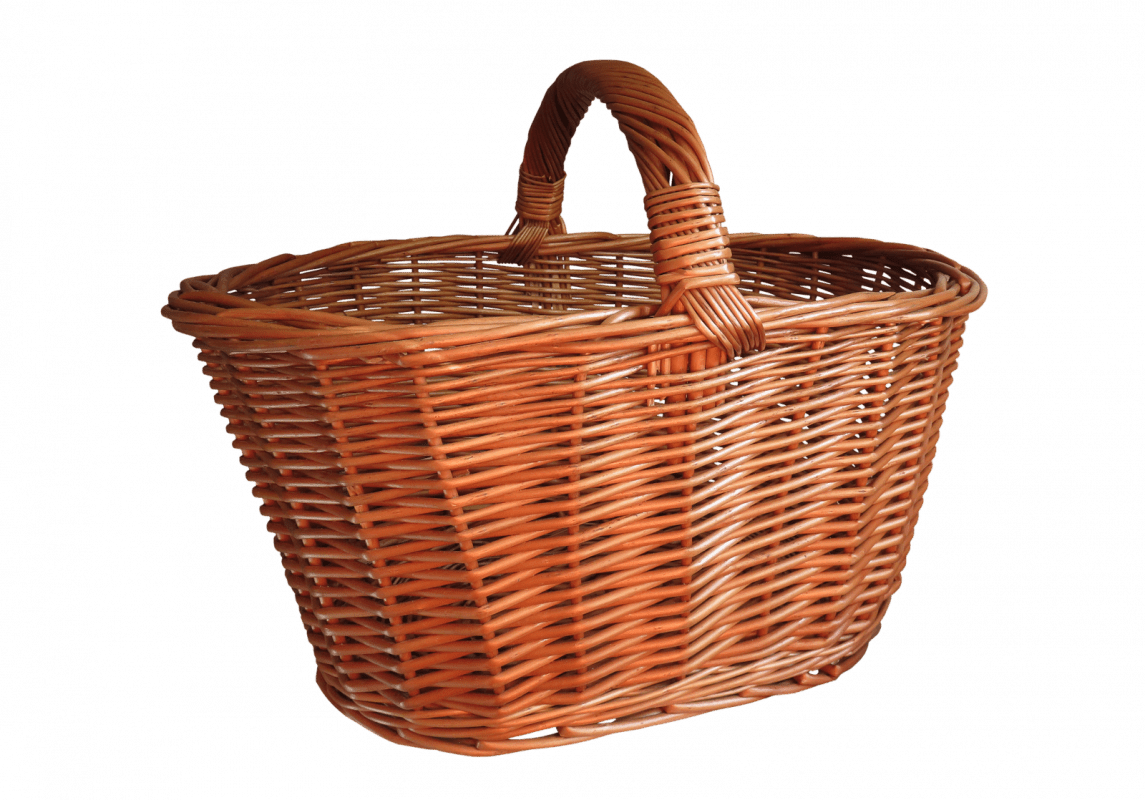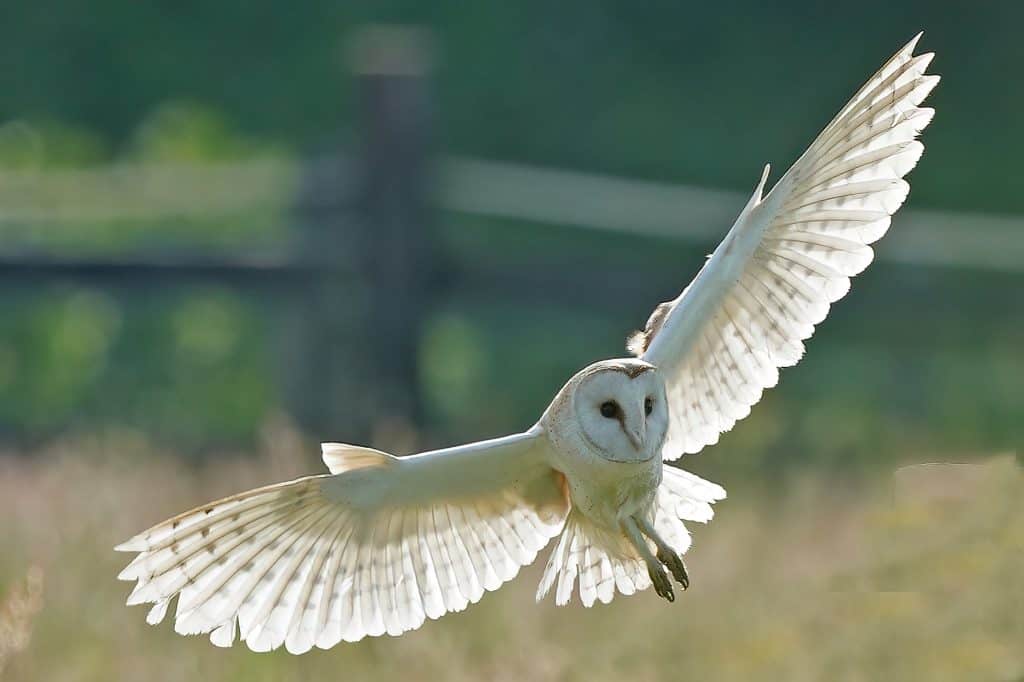Great Spotted Woodpecker
Dendrocopos major
RSPB Conservation Status – Green
Last seen – 10-8-22
The Great Spotted Woodpecker is one of the largest woodpecker species found in the UK.
The bird’s plumage is distinctive, with a black and white striped back and a bright red patch on its head.
The male has an additional red patch on the nape of its neck, while the female does not.
Facts
Population – 140,000 pairs
Length – 22 – 23 cm
Wingspan – 33 – 39 cm
Weight – 80 – 90 g
Breeding
Great Spotted Woodpeckers typically breed between April and June, building their nests in tree cavities or crevices.
The female lays a clutch of 4-7 eggs, which she incubates for around 13-15 days.
The chicks are fed by both parents and fledge from the nest after around 20-24 days.
Habitat
Great Spotted Woodpeckers are found in a variety of habitats, including woodlands, parks, gardens, and hedgerows.
They prefer deciduous forests with mature trees, but they can also be found in coniferous forests and mixed woodlands.
Food
Great Spotted Woodpeckers are omnivores, feeding on a variety of insects, seeds, and berries.
They are particularly fond of insects that live in trees, such as beetles and ants, which they extract from bark using their sharp beaks.
Great Spotted Woodpeckers are also known to feed on nuts and seeds, including acorns and beech mast.










